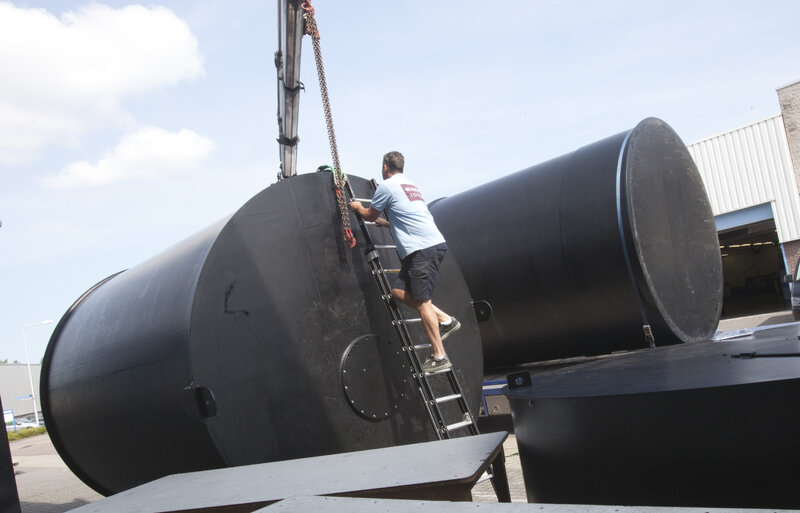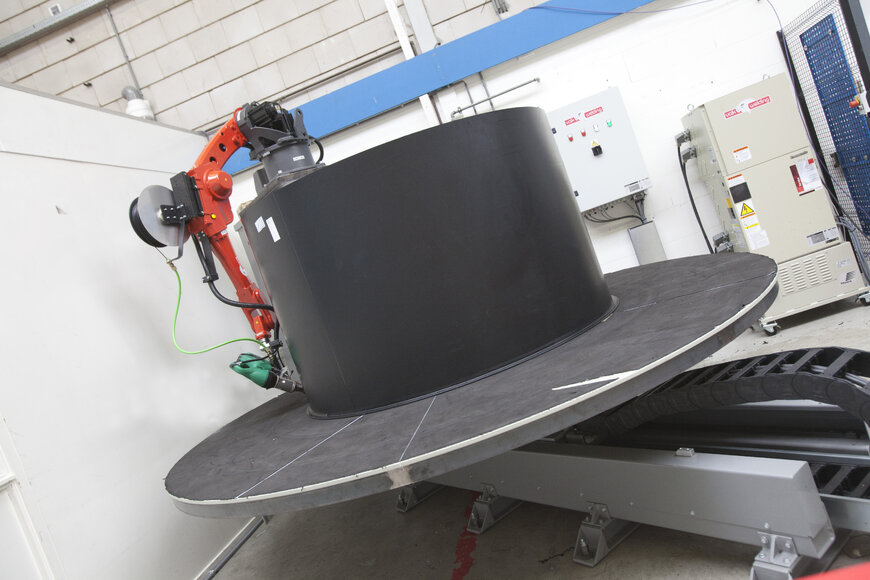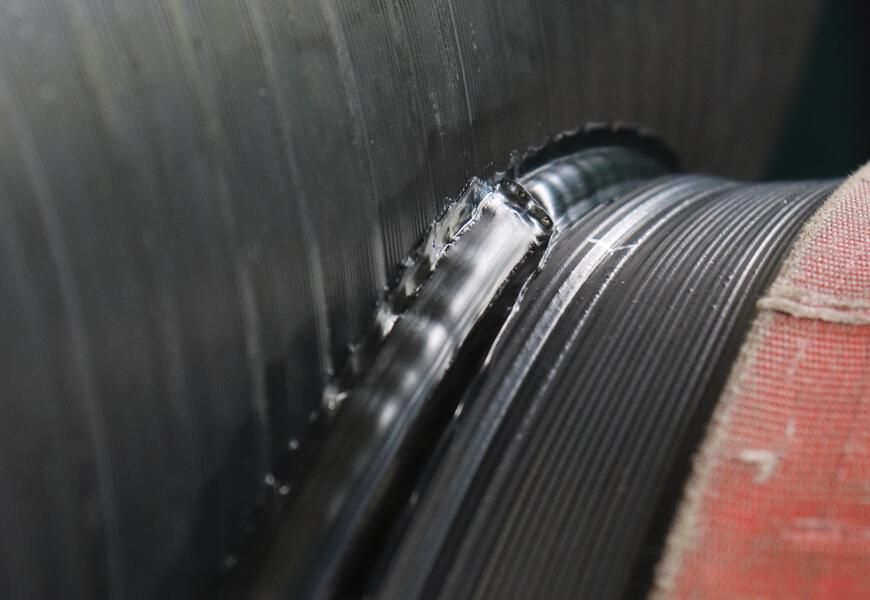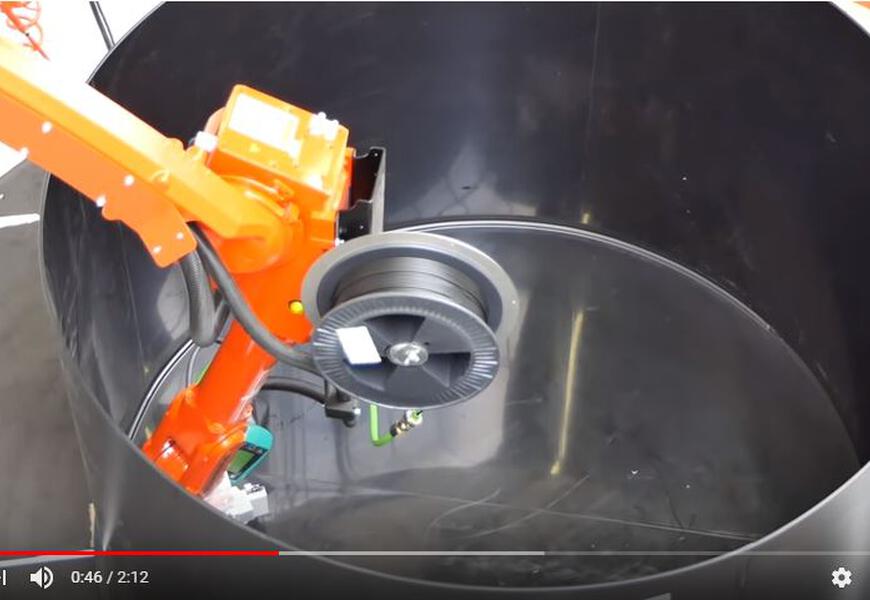Puhdas prosessi ilman kriittisiä toleransseja
Prosessin aikana muovia lisätään kelalta samalla kun ekstruuderi lämmittää molempien levyosien materiaalia, jolloin kolme elementtiä muodostavat erityisen vahvan molekyyliliitoksen. Hessel Luiten, joka seurasi koko projektia teollisen tuotesuunnittelijan harjoittelijana ja on nyt vastuussa ohjelmoinnista ja koko robottiasennuksesta, sanoo: "Se on täysin puhdas prosessi, jonka aikana ei vapautu höyryjä toisin kuin metallin hitsauksessa. Lisäksi toleranssit ovat vähemmän kriittisiä. Niin kauan kuin robotti painaa ekstruuderia kaltevassa asennossa pystysuorassa kulmassa, lämmitys riittää sulattamaan materiaalin. Suurin osa tiedosta ja kokemuksesta liittyy siihen, miten sulamisen aiheuttamat mittahäviöt voidaan kompensoida."
Työkustannusten säästäminen
Suurin taloudellinen hyöty on työkustannusten säästössä ja laadun varmistamisessa. Robert Kemeling: "Tuotantokapasiteetti on kasvanut, koska nyt yksi operaattori työskentelee kahden säiliön parissa samanaikaisesti. Lisäksi työ suoritetaan jatkuvassa, keskeytymättömässä liikkeessä, mikä takaa korkean ja tasaisen laadun. Lisäksi ekstruuderin jatkuva käsittely on raskas kuorma asiantuntijalle."
www.kemeling.nl






